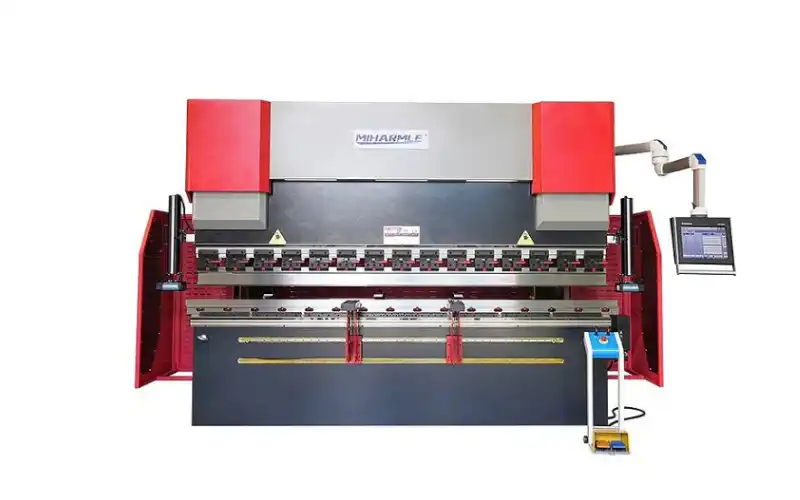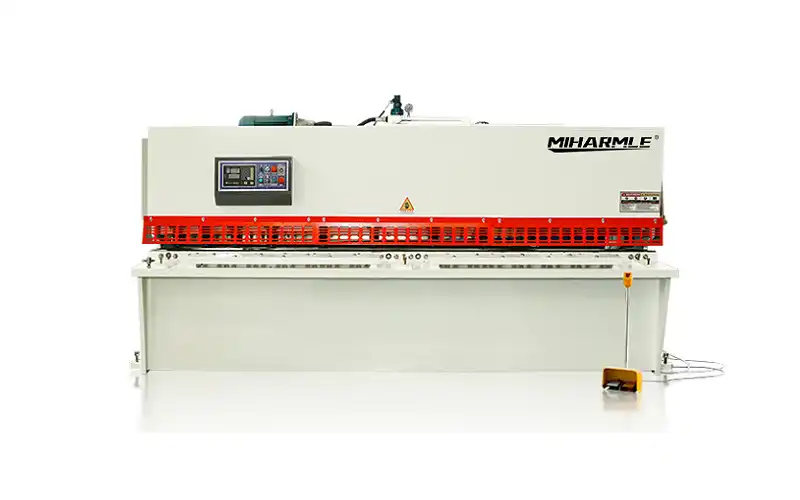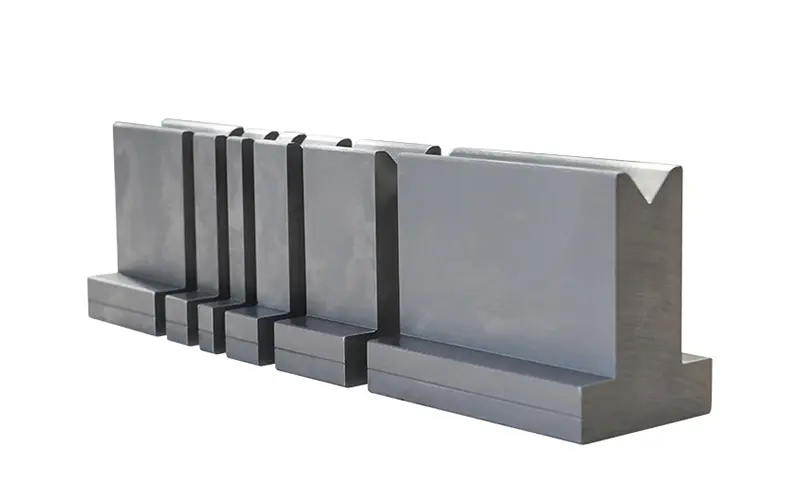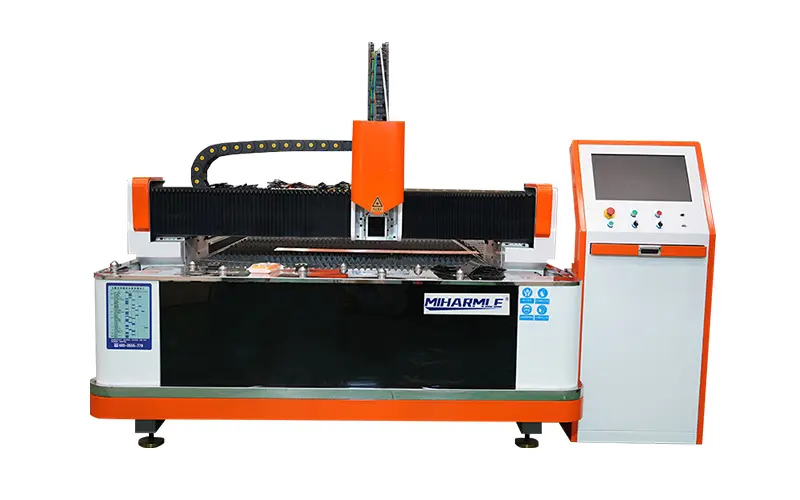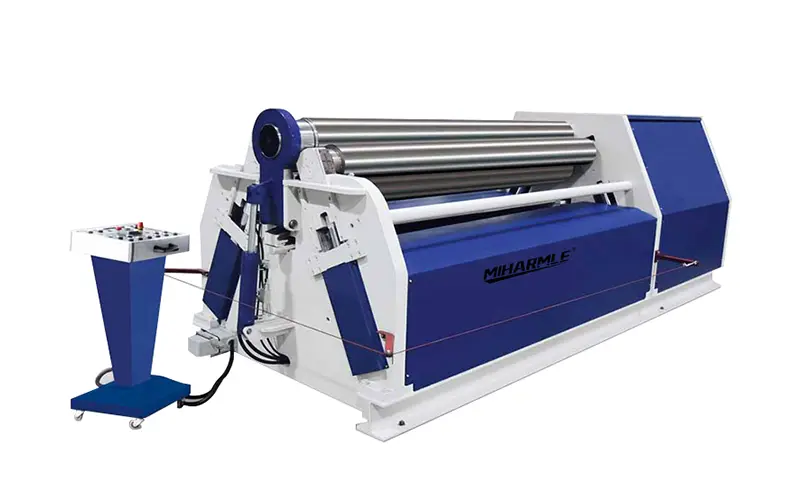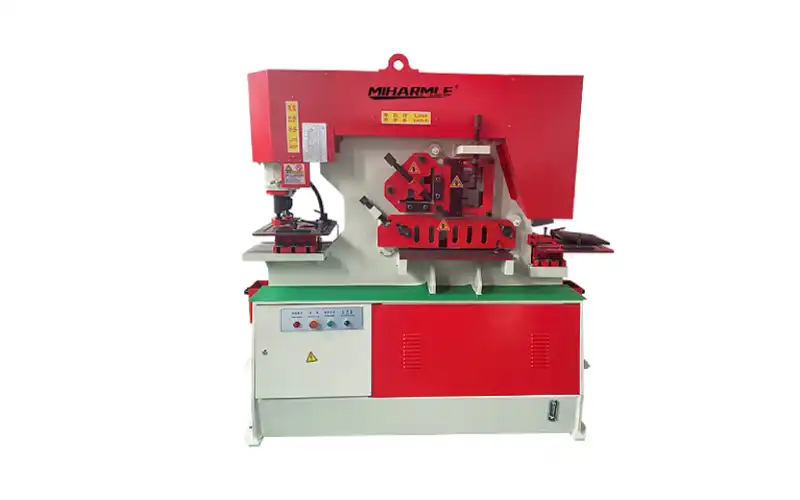Our previous series of articles have covered the basics of press brake dies in detail. We wrote those articles to introduce you to the types and names of press brake dies. If you’re no longer satisfied with just acquiring this primary knowledge, we’ve got you covered with more in-depth content.
In this article we will tell you advanced knowledge about press brake dies. These include the materials used for press brake dies and the manufacturing technique of brake press dies. We believe if the next content will definitely answer your related doubts. Let’s get started!
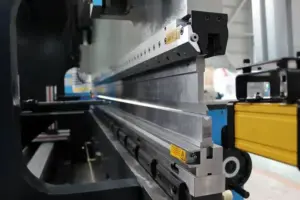
Ⅰ. What is press brake dies?
We realize that you may not have read the series of articles we wrote about press brake dies. So here we are again with a brief overview of what press brake dies are. you can also read both articles directly.
The Types Of Press Brake Tools (Press Brake Punches)
A Guide For Press Brake Dies (Punches And Dies)
In the sheet metal bending process, manufacturers use a press brake machine. Press brake dies are in direct contact with sheet metal. The press brake machine applies force to the sheet metal through dies to bend it. Press brake dies are made up of two core parts and other ancillary parts. These two core parts are the upper die and the lower die. Some people refer to these two parts as punch and die.
As you can see in the picture below, the two blue parts are the upper die and the lower die. The lower die is stationary and the upper die can move up and down under the control of the machine. With the cooperation of the upper die and the lower die, the operator can bend the sheet metal into the desired shape.
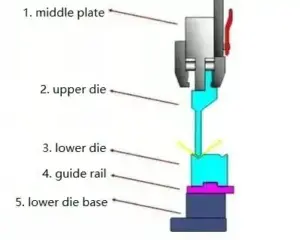
Other auxiliary parts are helpful to the upper die and lower die in accomplishing their tasks. Their most important task is to keep the upper die and lower die in a stable position. This is because it is an important factor that affects sheet metal bending. In this context, the auxiliary parts also ensure that the operator has the flexibility to change the upper die and lower die.
Ⅱ. Manufacturing process of the press brake
1. Press brake dies materials.
Press brake dies made from different materials have different indicators for different uses.Currently press brake manufacturers mainly use steel as the basic material for press brakes. Alloys formed by adding other elements to steel are also common for press brake dies. In addition to these, press brake dies made from polymers also have a wide range of applications.
(1)T8A and T10A carbon tool steels
T8A and T10A are two common types of Carbon Tool Steel. Both steels typically contain between 0.7% and 1% carbon. In addition steel manufacturers can further enhance the hardness of these two steels through heat treatment. So if high hardness press brake dies are required, dies made with this steel are the first choice.Dies made with higher hardness materials can bend harder sheet metal.
In addition to this, carbon tool steel is highly resistant to wear. This property gives press brake dies a longer service life and reduces production costs. But carbon tool steel has its disadvantages. Because of the hardness associated with high carbon content, carbon tool steels are generally relatively fragile. This characteristic results in press brake dies made from this material being fragile in the face of twisting forces.
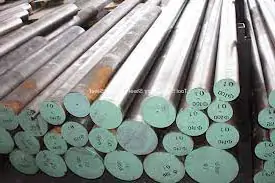
(2)Low alloy tool steel
In order to improve the deficiencies of carbon tool steel, the addition of small amounts of alloying elements can effectively improve its toughness. Press brake dies made with low alloy tool steel can provide better fracture resistance when subjected to impact or twisting forces.
(3) High carbon and high chromium / medium chromium tool steel
These material can be produced by adding a certain amount of chromium to high carbon tool steel. As you can literally see, the level of chromium content is the key to differentiating between the two materials. High carbon and high chromium tool steels typically contain more than 12% chromium.High carbon and medium chromium tool steel generally contains between 4% and 12% chromium. However, the production of this material is difficult. A special process is required to achieve a uniform distribution of carbon during the production of this material.
In order to improve this problem, the content of chromium has been reduced to produce High carbon and medium chromium tool steel, which has better properties and less distortion when subjected to heat treatment.
(4)High-speed steel
High Speed Steel (HSS) is a specialty tool steel. HSS have a high hardness and can be heat-treated (e.g. hardening and quenching) to obtain higher hardness levels. Due to the addition of alloying elements (e.g. tungsten, molybdenum, cobalt, niobium, etc.), HSS typically exhibit good wear resistance. This enables them to maintain a long service life during prolonged cutting operations.
Due to the addition of alloying elements, HSS typically exhibit good heat resistance. This allows them to maintain their hardness and durability at high temperatures.When making press brake (bending machine) molds, the high hardness of HSS provides better wear resistance and cutting results. Heat resistance is the most outstanding feature of HSS. In a high temperature environment, press brake die made with HSS can also maintain better performance.
(5)Basic steel
Basic steel is created by incorporating small quantities of additional elements and adjusting the carbon content. This process leads to notable improvements in its characteristics when compared to high-speed steel. The improvements in basic steel for press brake die applications result in increased wear resistance and hardness, along with enhanced fatigue strength and toughness.
As a result, basic steel is an excellent choice for press brake die steel, offering exceptional strength and toughness. Moreover, it provides a more cost-effective alternative to high-speed steel.
(6)Cemented carbide and steel bonded cemented carbide
Cemented carbide exhibits the highest hardness and wear resistance among press brake die steels. However, its strength and toughness during bending operations are relatively poor. Tungsten and cobalt are a commonly used material for cemented carbide in press brake dies. When low impact and high wear resistance are required, cemented carbide with a low cobalt content is preferred.
Conversely, for high-impact dies, cemented carbide with a high cobalt content is utilized.Steel-bonded cemented carbide is produced through powder metallurgy techniques. It involves using iron powder as the binder along with a small amount of alloy element powder, such as chromium, molybdenum, tungsten, or vanadium.
This material can undergo cutting, welding, forging, and heat treatment processes. After undergoing quenching and tempering processes, the hardness of steel-bonded cemented carbide can reach a range of 68-73 HRC.
(7) New materials
Manufacturers are now starting to use new materials when making press brakes. The most commonly used new material is cold working die steel. This material has excellent abrasion resistance and is well suited for press brake dies. There are two methods that could improve this new materials. And both methods focus on HIGH ALLOY STEEL D2 (Cr12MoV).
The first direction aims to enhance the toughness of press brake dies. Reducing the carbon and alloy element content can improve the uniform distribution of carbides within the steel. Examples of the first approach, aimed at enhancing the toughness of press brake dies, include 8CrMo2V2Si and Cr8Mo2SiV. These materials are designed to reduce the carbon and alloy element content. And it also can improve the uniform distribution of carbides within the steel.
The second direction in press brake die steel development focuses on improving wear resistance. This involves developing materials that can withstand the demanding conditions of such operations. This is achieved through the use of powder high-speed steel. An example in this category is 320CrVMo13.

2. Heat Treatment
Choosing the right material in making press brake die is of course important. However, it is also necessary to process the material using the correct processing technology. Heat treatment of metal parts can significantly increase their properties. There are two common types of heat treatment:
(1) Quenching
Quenching is a common heat treatment method. During the production of press brakes, manufacturers use quenching to remove internal stresses from the material. The main steps of this method consist of the following components.
First the steel is heated at a high temperature. When the temperature of the metal material exceeds a certain limit, its structure changes. Then the material needs to be cooled at a certain rate. Different cooling rates will result in different material properties. For example, if the hardness of the material needs to be increased, the cooling rate needs to be increased. If the material needs to be made tougher, it needs to be cooled slower.

(2) Hardening
Quenching and Hardening are two related but distinct steps in the heat treatment process. Hardening is the process of increasing the hardness and strength of a metallic material. In addition to quenching, there are other methods to achieve hardening, such as solid solution treatment and aging.
During the hardening process, the metallic material usually undergoes steps such as heating, holding and cooling. These steps can change its crystal structure and increase its hardness.
(3) Induction Hardening And Core Hardening
Induction hardening and core hardening are two heat treatments that are related but different. Both methods harden only a portion of the press brake dies. The former treats only the surface of the pressure brake dies. The latter treats only the interior. Induction hardening can greatly strengthen the surface hardness of pressure brake dies. Core hardening gives consistent strength to all parts of the press brake dies. However, this process causes the surface of the press brake dies to wear more easily.

